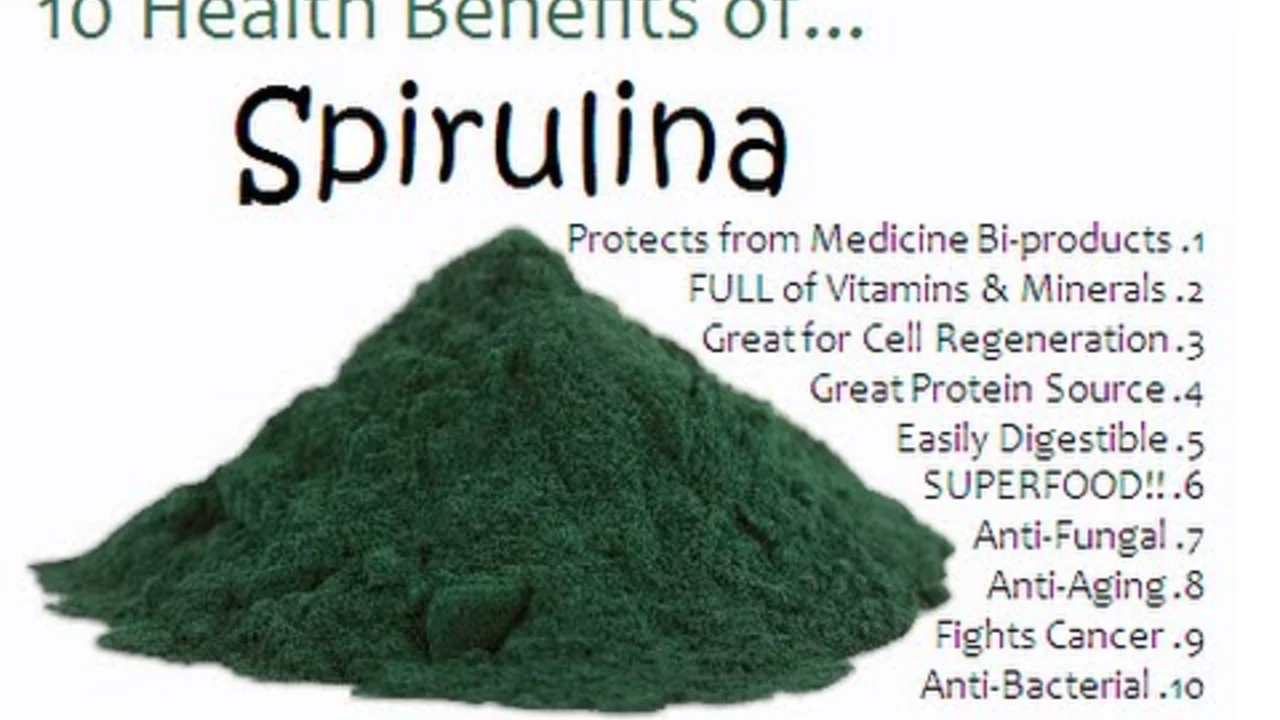Blue-green algae – what it is and why it matters
Ever seen a bright green powder in a health store and wondered what it does? That’s blue‑green algae, most often sold as spirulina. It’s a tiny organism that lives in fresh or salty water and packs a lot of nutrients into a small bite.
People love it because it’s loaded with protein, vitamins, minerals, and a pigment called phycocyanin that gives spirulina its blue‑green color. The good news is you don’t need to be a science geek to get the benefits – just add a spoonful to a smoothie or sprinkle it on a salad.
Health benefits you can expect
First off, spirulina is a protein powerhouse. One cup provides about 60% of the daily protein you need, and it’s a complete protein with all essential amino acids. That makes it a handy option for vegetarians and anyone looking to boost muscle recovery after a workout.
It’s also rich in B‑vitamins, especially B12, which supports energy levels and nerve health. If you feel sluggish, a little spirulina might give you a natural pick‑me‑up without the crash of caffeine.
Another big win is its antioxidant punch. Phycocyanin helps neutralize free radicals, which can protect cells from damage and support a healthy immune system. Some users report fewer colds during flu season when they keep spirulina in their diet.
Because it contains iron and potassium, spirulina can aid blood health and help keep blood pressure in check. Those with anemia often find it easier to raise their iron levels with spirulina than with many plant foods.
Safety tips and common concerns
Even though spirulina is generally safe, there are a few things to watch. Always buy from reputable brands that test for heavy metals and microcystins – toxins that can sneak into algae grown in contaminated water.
If you have an autoimmune condition, talk to your doctor first. Spirulina can stimulate the immune system, which isn’t always a good thing for those with overactive immunity.
Start with a small dose, like half a teaspoon, and see how your body reacts. Some people experience mild stomach upset at first, but it usually fades as you keep taking it.
Pregnant or breastfeeding folks should also check with a health professional before adding spirulina, just to be extra safe.
When you’re ready to use it, the easiest way is to blend a teaspoon into a fruit smoothie. If the taste feels too strong, blend it with banana, mango, or a splash of orange juice – the flavor masks the earthy notes. You can also mix it into homemade energy bars, oatmeal, or sprinkle it on top of a veggie bowl.
Remember, spirulina isn’t a magic cure, but it’s a convenient source of nutrients that can complement a balanced diet. Pair it with whole foods, regular exercise, and good sleep, and you’ll give your body a solid nutritional boost.
So, whether you’re chasing more protein, better energy, or just a simple way to add greens to your meals, blue‑green algae is worth a try. Keep the tips above in mind, choose a quality product, and enjoy the benefits without fuss.





